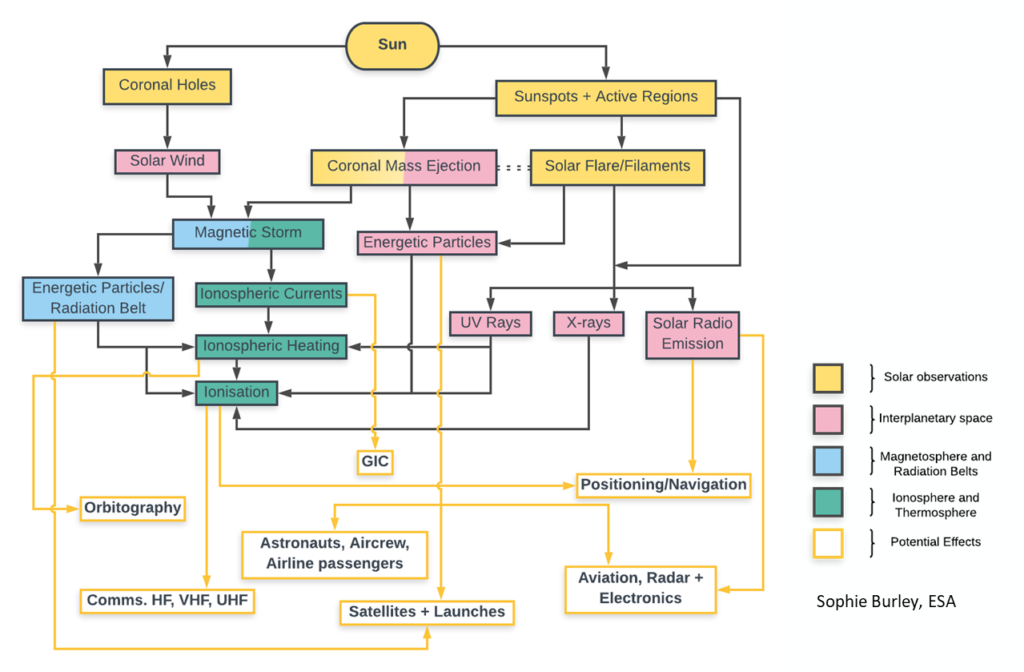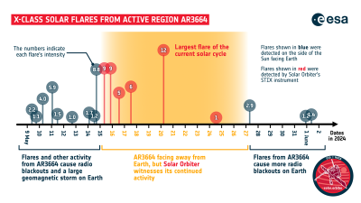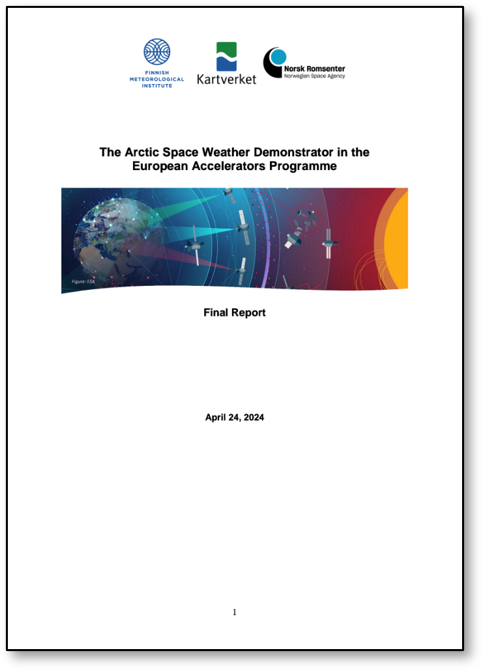Understanding the space weather issue
What is space weather?
Space weather refers to the dynamic conditions in Earth’s outer space environment—primarily influenced by the Sun—that involve ambient plasma, magnetic fields, electromagnetic radiation, and energetic charged particles. These phenomena can disturb or damage satellites, disrupt communication and navigation signals, and even affect terrestrial systems like power grids and aviation.

The European vulnerability to space weather
Europe is particularly susceptible to space weather disruptions due to its high density of critical infrastructure. A study by ESA estimates that a single extreme space weather event—such as a major solar storm—could have an economic impact of up to €15 billion.
Case study: The May 2024 solar storm

The largest solar storm in over two decades struck Earth in May 2024, as solar activity ramped up toward the peak of the current 11-year cycle. This G5-class geomagnetic storm—the highest intensity—was triggered by solar flares and coronal mass ejections (CMEs) originating from active sunspot regions NOAA AR 13663 & 13664.
As a direct visual impact, auroras were seen at unusual latitudes and with widespread visibility in both hemispheres.
In terms of satellite operations, the storm led to the largest-ever coordinated repositioning of satellites to avoid potential damage. Additionally, the storm caused significant disruptions to GNSS systems. Precision farming systems experienced signal degradation, while aviation navigation reliability was temporarily compromised.
Strategic Action at European Level
In response to the risks posed by space weather, the Seville Resolution called for the establishment of operational space weather services in Europe. ESA has aligned with this directive in its Strategy 2040, which includes this as one of its key strategic actions.
Raising Awareness and Building Capacity
Through its accelerating activities, ESA is committed to supporting this goal by fostering innovation ensuring that Europe is well-prepared and resilient in the face of these challenges.
Also, ESA plays a pivotal role in facilitating collaboration and knowledge-sharing across Europe. The Agency brings together technical experts, end-users, national authorities, and private sector actors to:
- Improve understanding of sector-specific vulnerabilities
- Increase adoption of existing space weather services
By raising awareness and connecting the right actors, the aim is to help Europe move towards a safer and more autonomous space weather ecosystem.
From the Arctic to Europe-Wide Sector Engagement
Arctic Space Weather Demonstrator (2024)
As a first step, the Arctic Space Weather Demonstrator focused on testing the use of existing space weather services within a restricted geographical area. Conducted during a period of rising solar activity, and supported by Finnish-Norwegian contributions, the demonstrator helped identify operational needs and gaps in resilience. The final report was published in 2024.

Sectorial Space Weather Demonstrator (2025)
In 2025, building on Member States’ requests and Arctic findings, the Sectorial Space Weather Demonstrator was launched. This second phase shifts the focus to sector-specific engagement and broader participation across Europe. It targets three priority domains:
- Power system operations
- Spacecraft operations
- Communications & PNT
This initiative will further deepen understanding, encourage sector-specific innovations, and help create solutions tailored to Europe’s needs.
